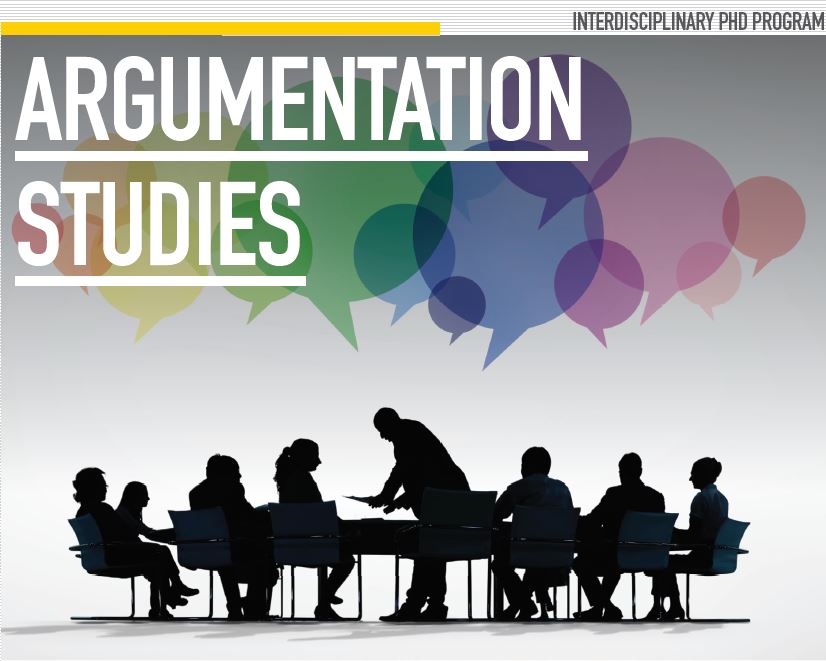
Location
University of Windsor
Document Type
Paper
Keywords
central route, Elaboration Likelihood Model, ethotic arguments, illocutionary acts, Inference Anchoring Theory, peripheral route, persuasion
Start Date
18-5-2011 9:00 AM
End Date
21-5-2011 5:00 PM
Abstract
The aim of the paper is to propose a framework for the structure of persuasive communica-tion based on the Elaboration Likelihood Model (ELM) by Petty and Cacioppo, the Inference Anchoring Theory (IAT) by Budzynska and Reed and the Interpersonal (IP-) Argumentation Model by Budzynska. The ELM suggests that there are two routes to persuasion: central and peripheral. IAT assumes that com-munication acts generate their contents and inferences by means of illocutionary connections. The model of IP-argumentation provides the general representation of arguments in which the proponent refers to com-munication acts of some participant of communication. The paper discusses where exactly means of the central and peripheral routes operate in the structure of persuasive communication and argumentation
Creative Commons License

This work is licensed under a Creative Commons Attribution 4.0 International License.
Included in
Structure of persuasive communication and elaboration likelihood model
University of Windsor
The aim of the paper is to propose a framework for the structure of persuasive communica-tion based on the Elaboration Likelihood Model (ELM) by Petty and Cacioppo, the Inference Anchoring Theory (IAT) by Budzynska and Reed and the Interpersonal (IP-) Argumentation Model by Budzynska. The ELM suggests that there are two routes to persuasion: central and peripheral. IAT assumes that com-munication acts generate their contents and inferences by means of illocutionary connections. The model of IP-argumentation provides the general representation of arguments in which the proponent refers to com-munication acts of some participant of communication. The paper discusses where exactly means of the central and peripheral routes operate in the structure of persuasive communication and argumentation
